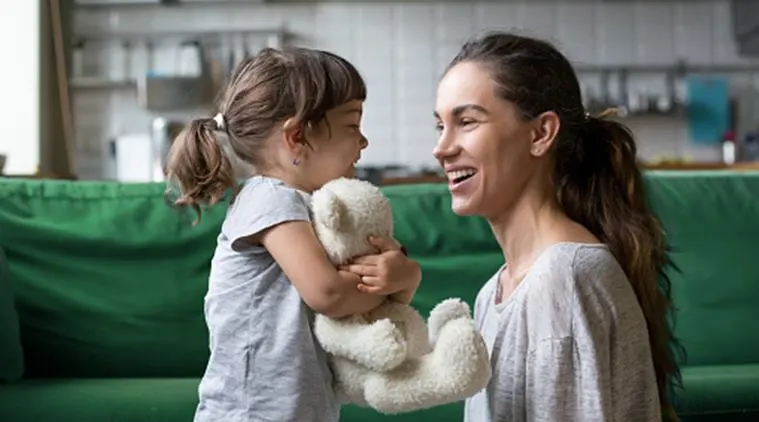

Since autism spectrum disorder is still, in part, a mystery, studies generally focus on where the disorder stems from to figure out how it occurs in the first place. This happens because autistic adults were not diagnosed when they were children.

The Centers for Disease Control states that the disorder does not discriminate between racial, ethnic and socioeconomic groups. What Are The TellĪutism spectrum disorder is one of the most common neurodevelopmental disorders. For example, children might lose or stop using social-communication or language skills, or signs might become clearer as children get older. Sometimes early signs of autism change over time. The number of signs autistic children have varies according to their age and the effect that autism has on their everyday lives. Some children have many early signs, whereas others have only a few. Some early signs of autism usually appear in the first 1-2 years of life.Įarly signs of autism are listed below. If your child is very focused on or attached to unusual objects, this may be an early sign of autism. Nicole and I enjoy watching this miracle occur in our own children and our therapy “kids”.Babies with autism can be very focused on or attached to objects that are unusual for their age, such as long strips of cloth, utensils, chains, rocks, sticks, flowing water, or gadgets they can take apart and put together. Answering yes/no questions is just one of those miraculous milestones. To help your child understand the difference and respond appropriately, encourage him to shake his head and repeat “yes” when you know the answer is “yes.”Ĭhildhood milestones are a MIRACLE. “Your child may answer “no” to all yes/no questions, even when he really means “yes.” Don’t worry. Here is what we have to say about toddlers who ALWAYS answer “no”: Lastly answering yes/no questions is one of the many developmental milestones we highlight in 1-2-3 Just Play With Me. Sometimes physical prompts are needed to help with shaking their head “no” and“yes.” And you typically will get a whole body shake for a head nod as it is difficult at this age to move the head independently from the rest of the body. So you may need to model saying the word and nodding your head for them to imitate. If you child isn’t ready to say the words “yes” and “no” yet, chances are they still understand what you are asking. Model saying “yes” and “no” and nodding your head. For example to work on “yes” you would hold up the wooden spoon and ask, “Is this a wooden spoon?” Or to work on answering “no” hold up the wooden spoon and ask, “Is this a ball?” And let the fun and silliness ensue!! Grab some real objects, a stuffed bear, a wooden spoon, a toothbrush and begin asking your child if the object is what it is. And you can heighten their interest in the book by over-exaggerating your yes/no response and prompting them to imitate you.Īsk silly yes/no questions for your child to answer. These books are interesting, interactive and fun for young readers.
2 YEAR OLD DOESNT SAY 2 WORD PHRASES SERIES
Some of my favorite baby/toddler books are series by Karen Katz, Leslie Patricelli and Usborne Touchy-Feely Books. Read books that prompt your child to answer “yes” or “no”. So how can you get your child to understand and express “yes” and “no” sooner? Here’s a few tips I’ve gathered along the way as an SLP and mommy:

In most any situation a yes/no question can be asked to figure out what your child wants/or what they are upset about to squash the inevitable tantrum. These 2 small words hold much power for your toddler, they finally have a “voice” (or a head nod) that helps them express themselves. Especially so if you aren’t getting much other verbal communication from them up until this point. When your toddler begins answering yes/no questions (accurately) sometime between 19-24 months of age it’s like the floodgates of communication open.


 0 kommentar(er)
0 kommentar(er)
